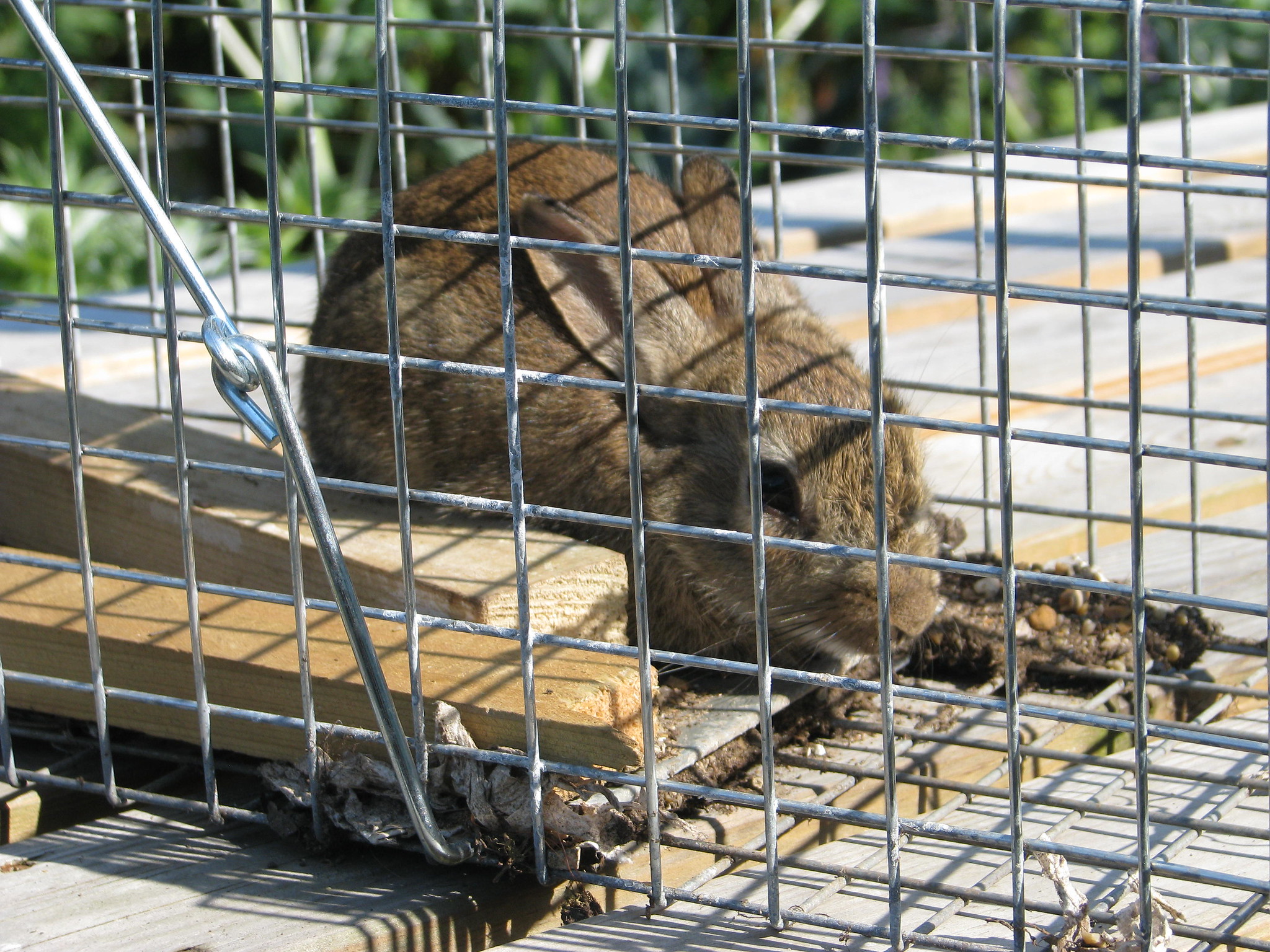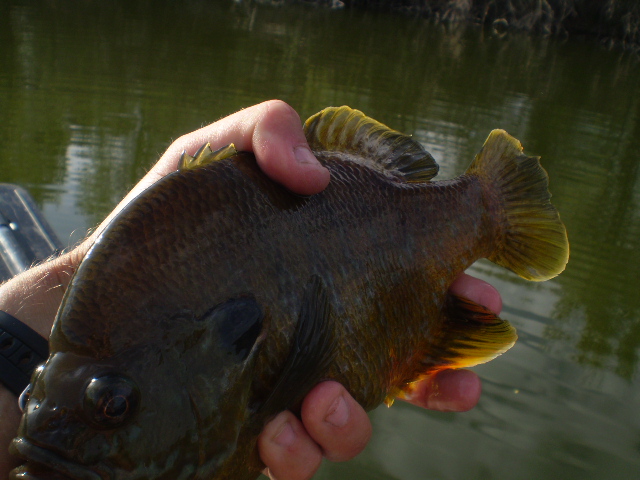There is a common misconception among laymen that hunting wild game and trapping wild game is essentially the same thing. After all, the end result is that some poor furry creature is taken from its habitat either dead or alive for the purposes of the hunter/trapper in either case. But even the novice trapper or hunter will tell you that the two activities are worlds apart in terms of execution and mindset, and that the only thing they really have in common is that they both require a great deal of patience, especially when trying different Types of Rabbit Traps.
Very generally speaking, there are 3 basic Types of Rabbit Traps. Each of these types has numerous subsets, but as the purpose of this article is to familiarize the newcomer to the basics, let’s stick to those three. So with that said, here’s the basics of Rabbit Traps:
Snare Traps:
A snare trap is one involving a loop of wire, string, cord or rope that is designed to tighten around the animal, a rabbit in this case, the more it struggles to get free. They offer the best combination of visceral satisfaction of having trapped the rabbit and simplicity of construction. Also, given the amount of observation involved, you can bet that if you’ve successfully snared your first rabbit, you’re either very familiar with the surrounding woods or you have the luck of the devil. In other words, the skills of an effective snare-user can easily transfer over to other survivalist activities.
Pros:
Consistent success rate after initial tweaking and observation.
Cheapest rabbit trap you could possibly make.
Humane trap that rarely injures or kills the rabbit.
Cons:
Strongly dependent on location of trap, and does not work well with bait.
Requires significant legwork prior to deployment of trap.
Live Traps:
A live rabbit trap is one that is made of metal or cardboard and is designed to lure the rabbit with bait and then confine it using a trapdoor mechanism. They are humane and can easily be purchased from hunting stores. While they do not offer the same level of satisfaction as the other kinds of traps because they involve minimal effort, some might argue that this is a good thing as well. This is the best kind of trap to use if you are not too interested in the process and simply want to nab yourself a rabbit for whatever reason. The only real effort comes from experimenting with the ideal kind of bait. For more information, visit our article on Best Rabbit Baits for Trapping.
Live Rabbit Trap
Medium Professional Style One-Door Animal Trap
Pros:
Minimal effort trap that works very well once the best bait has been identified.
Humane trap that rarely injures or kills the rabbit.
Readily available for purchase at hunting stores.
Cons:
Doesn’t really offer any satisfaction and is better suited to pest control rather than trapping as a hobby.
Retrieval of the rabbit from the trap takes some getting used to. For more information, read our article on How to Remove Rabbits from Traps.
Long Netting Rabbit Traps:
A rarely used method in this day and age, long netting is actually a fairly effective way to trap several rabbits in one trap. As one might expect from its name, long netting is the process of covering a patch of ground with a net designed to trap rabbits that are flushed or directed to run into it. This flushing is accomplished either by the human trapper himself (or herself), or by using a ferret or beagle to chase the rabbits out of their burrows and into the net.
Pros:
Can trap multiple rabbits in the same trap.
Requires a lot less waiting and patience than other traps, as the rabbit is flushed out instead of being lured out.
Humane trap that never kills or injures the rabbit.
Cons:
Requires physical exertion to flush the rabbit out, or else the aid of a beagle or ferret; both of which can be expensive to train and maintain.






